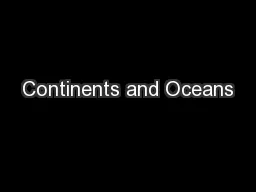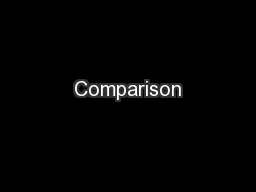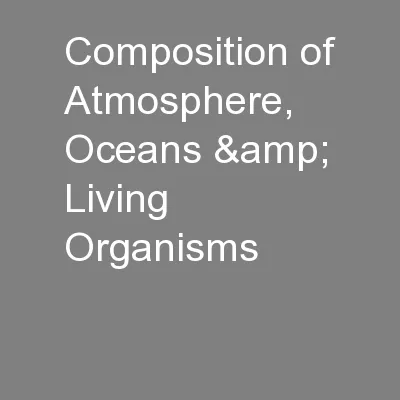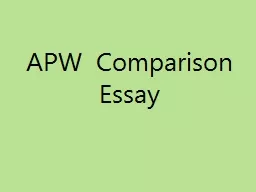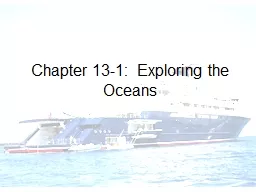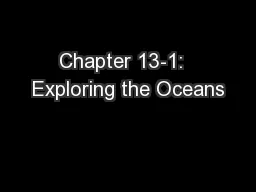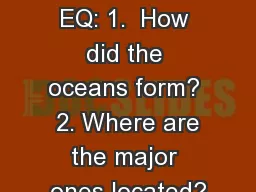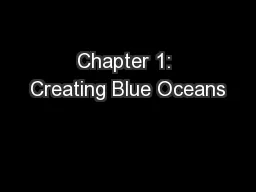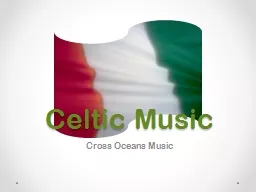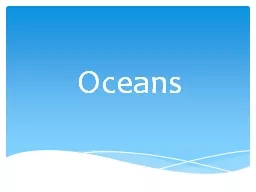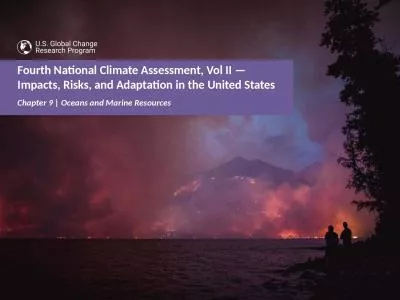PPT-ACROSS OCEANS- IDENTIFYING SIMILARITIES AND DIFFERENCES FROM OUR LAND TO YOURS
Author : bobradio | Published Date : 2020-06-30
Matt Cuddington MA CCCSLP Jenny Jones SLP Graduate Student Mamie Shutt Special Education Teacher OBJECTIVES North Carolina 3 rd grade Essential Standard 3G1 Understand
Presentation Embed Code
Download Presentation
Download Presentation The PPT/PDF document "ACROSS OCEANS- IDENTIFYING SIMILARITIES ..." is the property of its rightful owner. Permission is granted to download and print the materials on this website for personal, non-commercial use only, and to display it on your personal computer provided you do not modify the materials and that you retain all copyright notices contained in the materials. By downloading content from our website, you accept the terms of this agreement.
ACROSS OCEANS- IDENTIFYING SIMILARITIES AND DIFFERENCES FROM OUR LAND TO YOURS: Transcript
Download Rules Of Document
"ACROSS OCEANS- IDENTIFYING SIMILARITIES AND DIFFERENCES FROM OUR LAND TO YOURS"The content belongs to its owner. You may download and print it for personal use, without modification, and keep all copyright notices. By downloading, you agree to these terms.
Related Documents


